1809 Beyond the red swimsuit
Love, Pamela
by Pamela Anderson
Toronto: HarperCollins Publishers [Dey Street Books], 2023
$30.00 / 9780063226562
Reviewed by Susan Sanford Blades
*
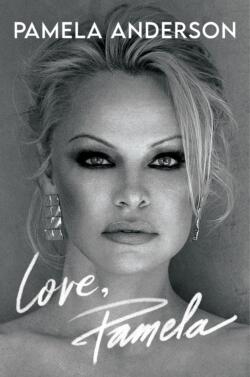 The 1990s were not kind to their female icons. Female stars were instantly worshipped and just as quickly scorned for the very attributes that led to their fame. Kate Moss for her gamine thinness, Courtney Love for her rebelliousness, and Pamela Anderson for her sex appeal. Anyone who came of age in the 90s will remember Ms. Anderson as the blonde bombshell of every boy’s dreams who splashed her way across television screens as the star of Baywatch, as the centerfold of several of their father’s or brother’s Playboy magazines, or as the unfortunate co-star of the internet’s first leaked sex tape. As with all celebrities, I suppose, we’ve heard more about Pamela Anderson than from the self-proclaimed international icon. This memoir, Love, Pamela, written by Anderson herself, gives voice to a woman who is more often thought of as a collection of body parts.
The 1990s were not kind to their female icons. Female stars were instantly worshipped and just as quickly scorned for the very attributes that led to their fame. Kate Moss for her gamine thinness, Courtney Love for her rebelliousness, and Pamela Anderson for her sex appeal. Anyone who came of age in the 90s will remember Ms. Anderson as the blonde bombshell of every boy’s dreams who splashed her way across television screens as the star of Baywatch, as the centerfold of several of their father’s or brother’s Playboy magazines, or as the unfortunate co-star of the internet’s first leaked sex tape. As with all celebrities, I suppose, we’ve heard more about Pamela Anderson than from the self-proclaimed international icon. This memoir, Love, Pamela, written by Anderson herself, gives voice to a woman who is more often thought of as a collection of body parts.
Pamela Anderson’s life was a wild ride from its very beginning. Her parents were involved in a serious car crash when her mother was pregnant with her. Having survived this, Pamela grew up in Ladysmith on Vancouver Island with her “notorious bad boy” father, her long-suffering mother, and a grandmother who rented cabins out to Hell’s Angels. Apparently, it made grandma “feel safer to have strong men around who adored her, appreciated her generosity, and would do anything for her.” Her mother and grandmother also set the stage for her life as an object of beauty, a woman whose looks were seen to be her strongest asset. Her grandmother told her she’d be an unlovable old maid past age twenty-five and her mother told her, “you are more powerful if you are pretty.” Pamela was sexualized at a young age—she was abused by a female babysitter and raped by a twenty-year-old man when she was only thirteen. All of this, paired with the fact that her father drowned a litter of kittens in the ocean in front of her as a child, forms a blueprint for the life Pamela Anderson was about to lead—being sexualized in magazines and on screen, marrying bad boys, and fighting for animal rights.
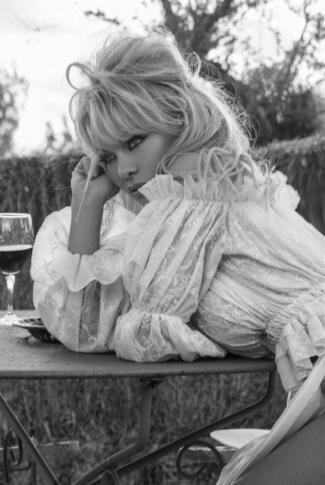
The book begins with a twelve-page “poem” that, while I’m not a poet and no expert on poetry, I’m pretty sure is not so much a poem as a string of interesting, yet unfinished thoughts. Pamela mentions in the acknowledgements that she wanted to write the entire book as a “poem” but, thankfully, her editor convinced her to complete most of her thoughts in sentence form. These “poems” trickle through the book and act as segues from one life incident to the next. And that is how this book is written—as a series of anecdotes told at a wild party, stories of the “you’ll never believe what happened to me” variety. While Pamela Anderson definitely has her share of wild stories to tell, what I want from a celebrity memoir is the depth and insight behind the stories I’ve mostly already heard. What is lacking here is a throughline, some hindsight that would connect these events in order to provide a fully contemplated life story.
This lack is most apparent when she writes about the abusive men in her life. Here I feel was a missed opportunity for a woman with a large audience to call out toxic masculinity, to name what happened to her and to her mother abuse, and to denounce it. Instead, tragically and dangerously, she excuses abusive behaviour; she names abuse love. Pamela writes about her parents’ abusive relationship, how she, her brother, and her mother walked on eggshells around her father, how her mother repeatedly took the kids and left him to live with a sister, but would always return. But still, she describes them as having a “deep, undeniable love. … He was the only man she could ever love. And she was his angel.” I wish Pamela Anderson had been the one to say this: an angel is not someone whose face you hold to a burning element on the stove. That is not love. That is abuse.
It is no wonder that Pamela Anderson found herself in a series of abusive relationships, the most famous of which was with Tommy Lee, the father of her two boys. Her marriage to him was entirely non-consensual. She describes hiding from him while he doggedly pursued her. Without having even gone on a first date, he followed her to a photo shoot in Cancun and “slipped something special in [her] champagne,” then proposed. So, he stalked her, drugged her, and married her and her conclusion was, “I always wanted to be somebody’s angel.” When she finally left Tommy, she laments letting her children down because they couldn’t make it work—another highly dangerous view on abusive relationships.
Anderson does offer more insight on her objectification as a star. She describes an incident in Uruguay, being almost torn to shreds by a riotous crowd shouting, “we love you.” She understands this, at least, as empty adoration and, later in the book, offers thoughts on “how awful celebrity can be, how some women are painfully targeted, and how much it hurts to be exploited. Used and objectified constantly. It can destroy every bit of belief you have in yourself.”
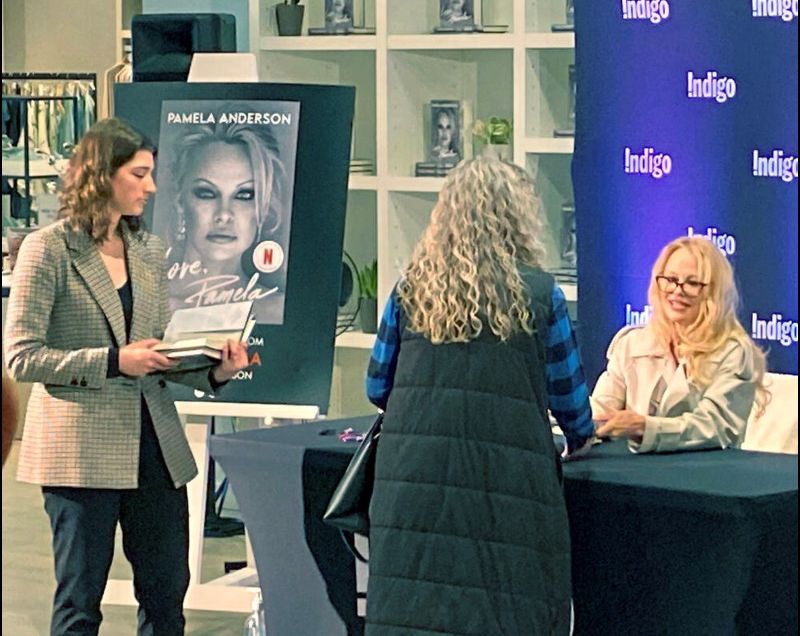
The book’s high points focus on Pamela Anderson’s activism for the protection of animals—in which she works with local organizations instead of charging ahead with Western notions of what’s right, though I note she does not translate this ideology into her opinions about the seal hunt in Canada, neglecting to take the Inuit peoples’ perspectives into account—and her life as a mother. Her devotion to her children, and to her parents for that matter, is admirable. The title of this book is apt; this is a book about love. Anderson kept her parents and her children close all her life, turning down jobs if it meant she couldn’t be there for her boys, and has now settled back near Ladysmith, where she may live out the rest of her life in a peace she hadn’t, until now, known. “Walking barefoot through my garden, I feel free,” she says. It is so refreshing to hear the story of a bombshell that doesn’t end in a Marilyn Monroe-style tragedy, to know that there is life beyond iconic beauty and sex appeal. Pamela Anderson today sounds confident, grounded, alone but not lonely. “You can think your way out of living,” she said of her Playboy beginnings—this is something Pamela Anderson has surely not done.
*
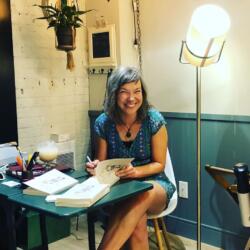 Susan Sanford Blades lives on the traditional territory of the lək̓ʷəŋən speaking people, the Xwsepsum/Kosapsum and Songhees Nations (Victoria, Canada). Her debut novel, Fake It So Real, won the 2021 ReLit Award in the novel category and was a finalist for the 2021 BC and Yukon Book Prizes’ Ethel Wilson Fiction Prize. Her short fiction has been anthologized in The Journey Prize Reader: The Best of Canada’s New Writers and has been published in literary magazines across Canada as well as in the United States and Ireland. Her fiction has most recently been published in Gulf Coast and The Malahat Review and is forthcoming in The Master’s Review New Voices section.
Susan Sanford Blades lives on the traditional territory of the lək̓ʷəŋən speaking people, the Xwsepsum/Kosapsum and Songhees Nations (Victoria, Canada). Her debut novel, Fake It So Real, won the 2021 ReLit Award in the novel category and was a finalist for the 2021 BC and Yukon Book Prizes’ Ethel Wilson Fiction Prize. Her short fiction has been anthologized in The Journey Prize Reader: The Best of Canada’s New Writers and has been published in literary magazines across Canada as well as in the United States and Ireland. Her fiction has most recently been published in Gulf Coast and The Malahat Review and is forthcoming in The Master’s Review New Voices section.
*
The British Columbia Review
Interim Editors, 2023-24: Trevor Marc Hughes (non-fiction), Brett Josef Grubisic (fiction)
Publisher: Richard Mackie
Formerly The Ormsby Review, The British Columbia Review is an on-line book review and journal service for BC writers and readers. The Advisory Board consists of Jean Barman, Wade Davis, Robin Fisher, Barry Gough, Hugh Johnston, Kathy Mezei, Patricia Roy, Maria Tippett, and Graeme Wynn. Provincial Government Patron (since September 2018): Creative BC. Honorary Patron: Yosef Wosk. Scholarly Patron: SFU Graduate Liberal Studies.
“Only connect.” – E.M. Forster

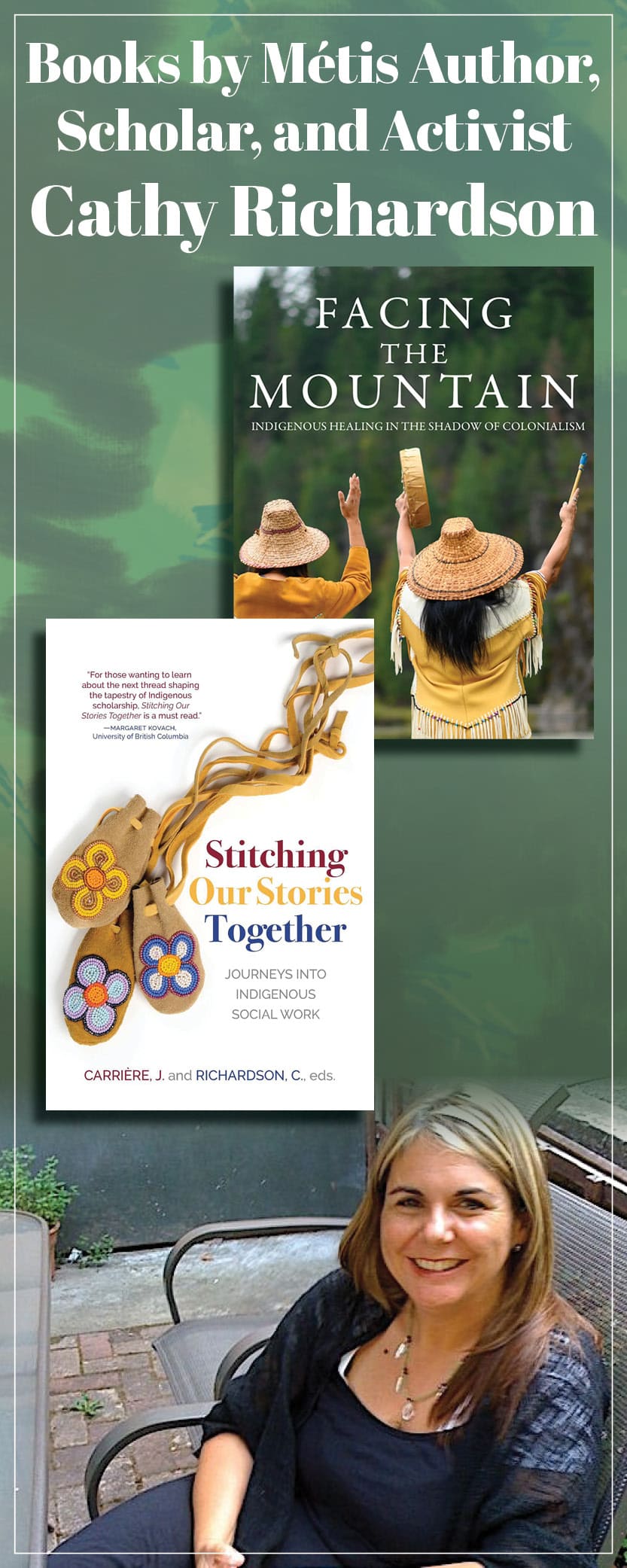

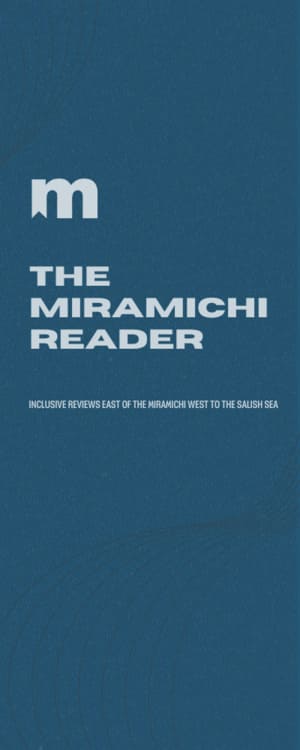
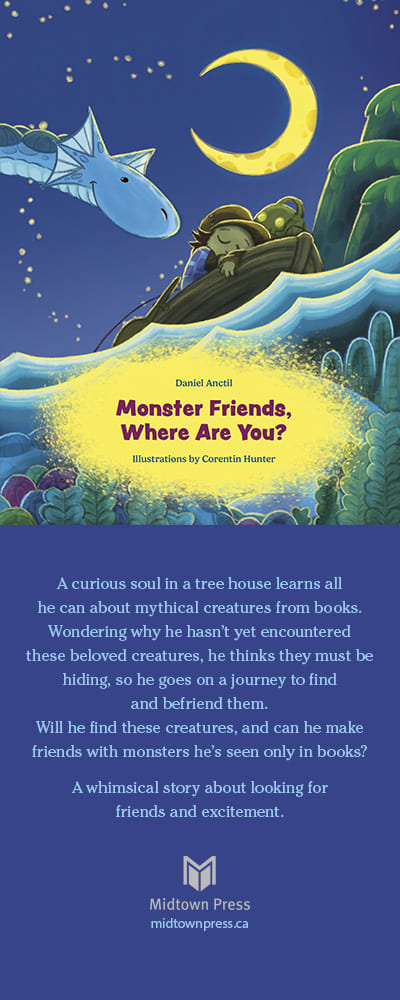

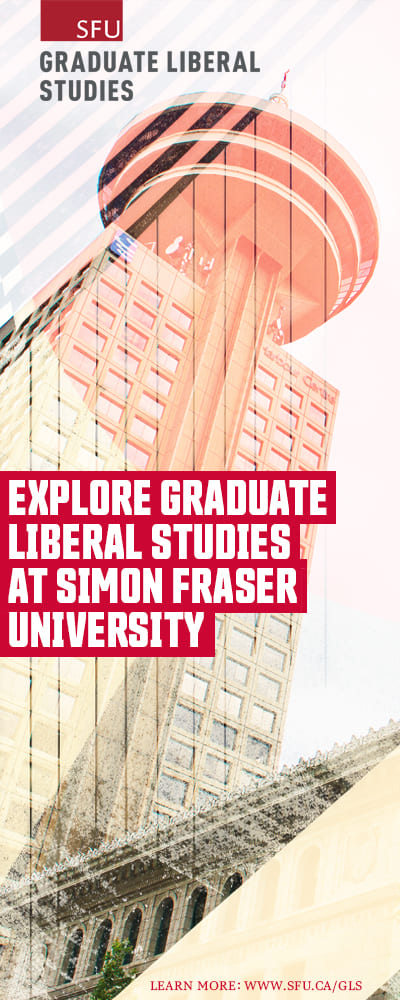

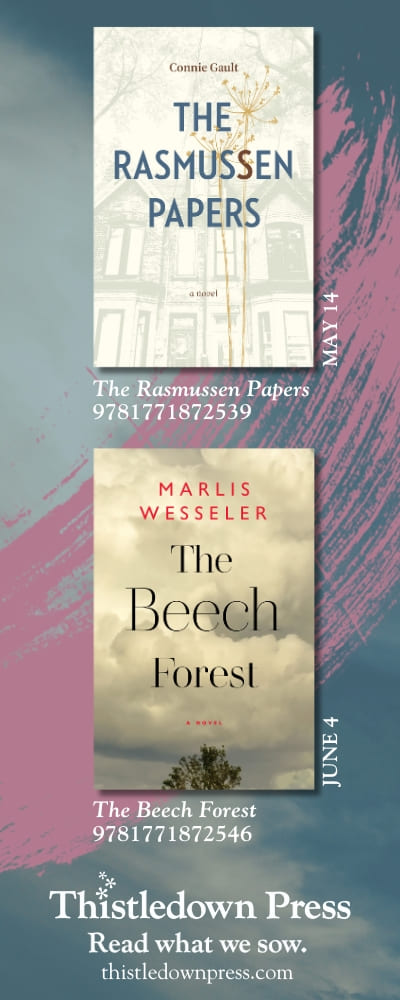




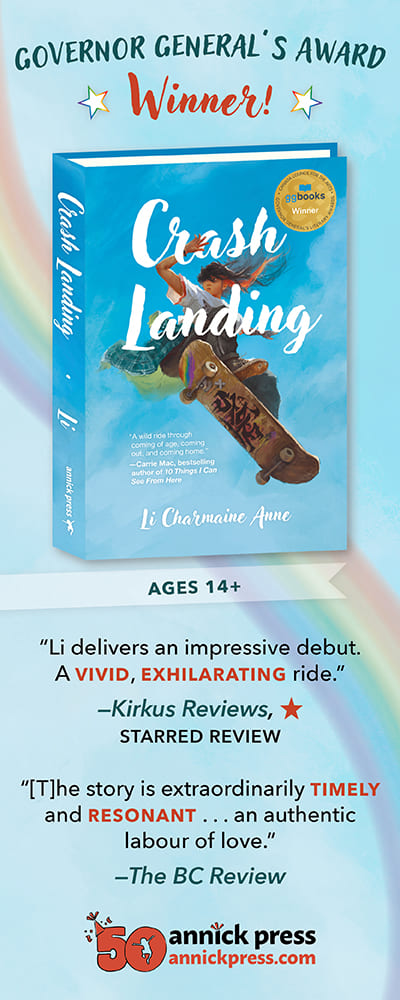

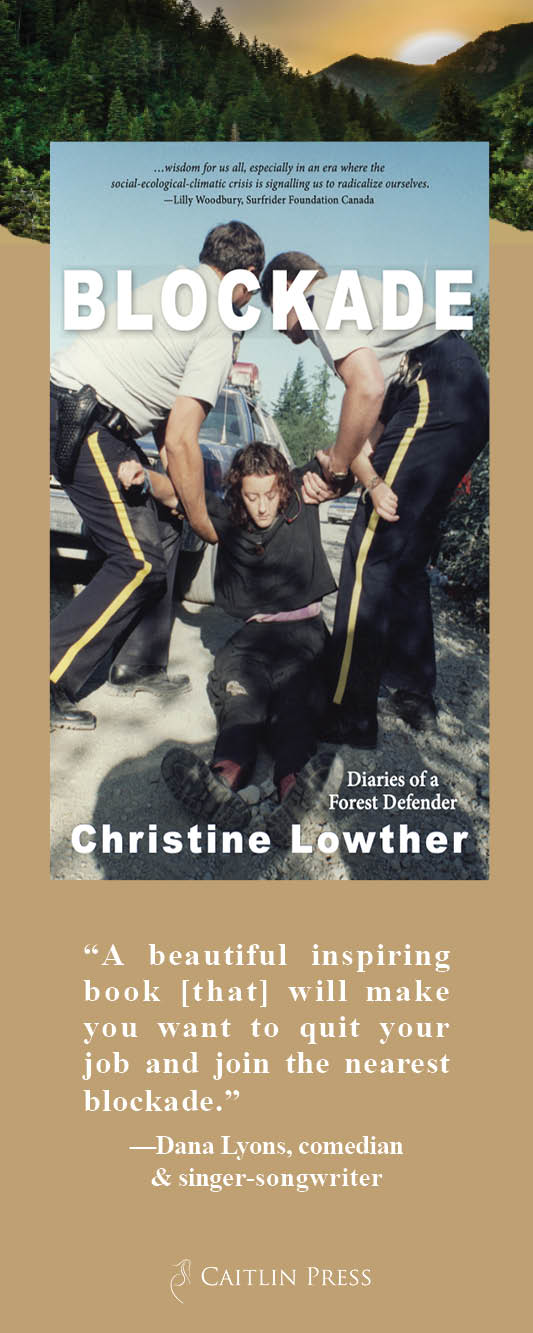



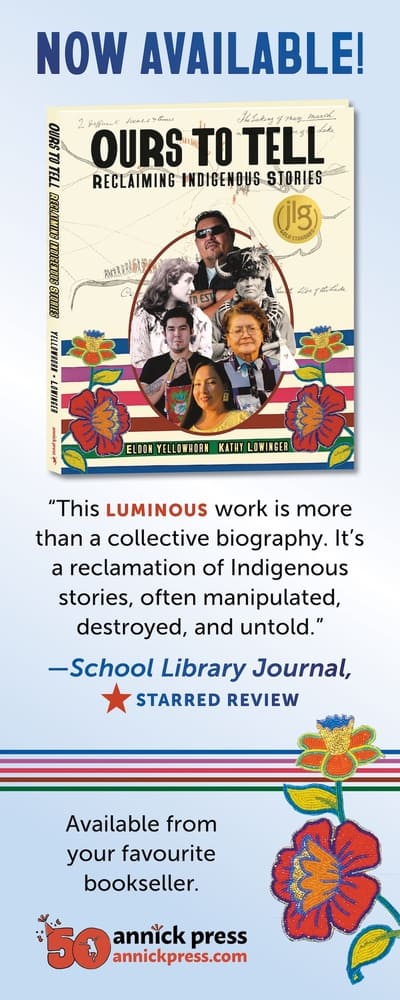

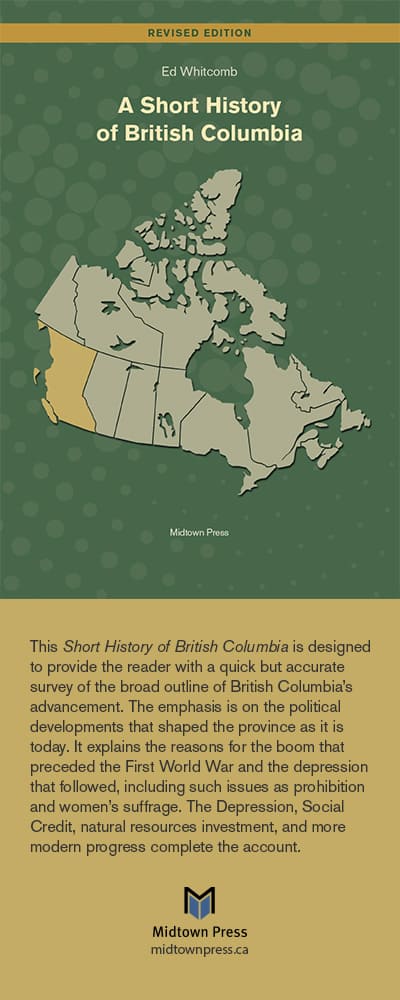


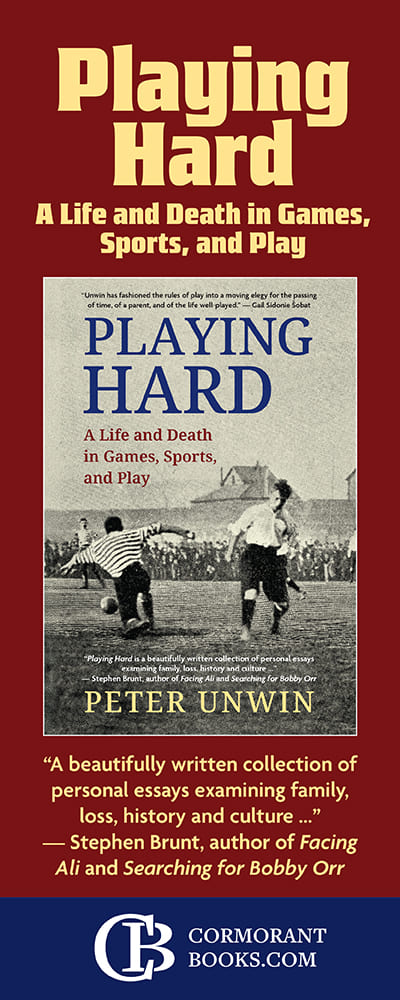

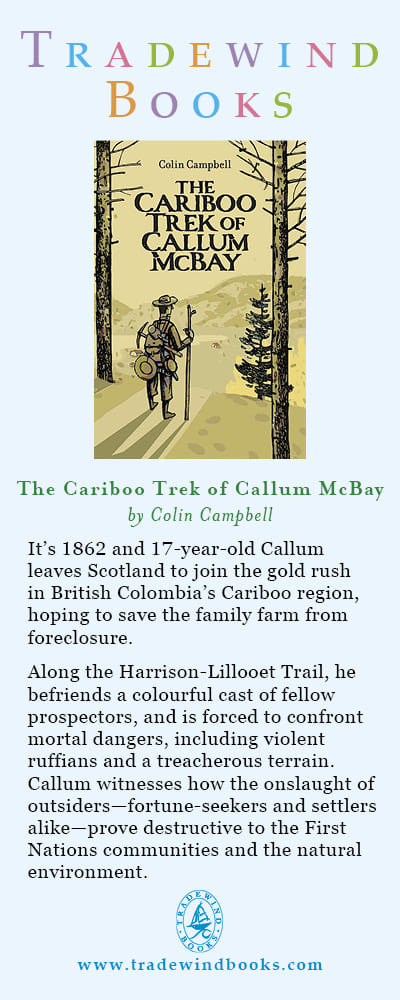
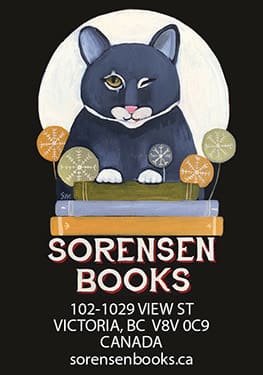

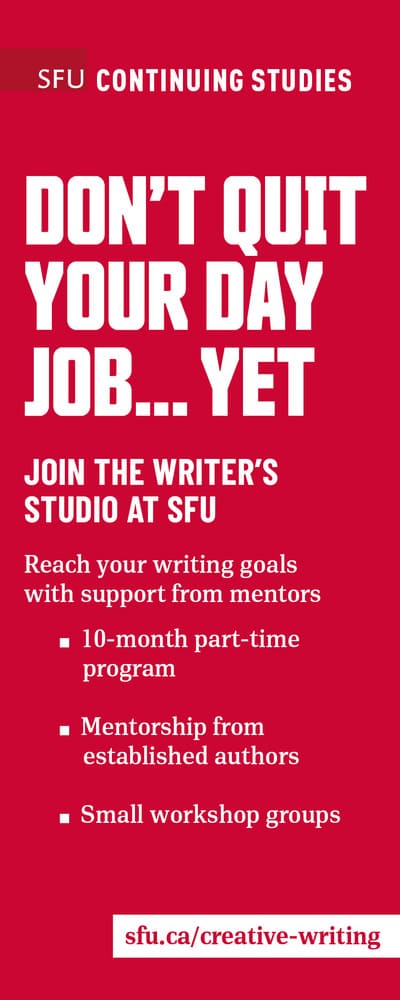

One comment on “1809 Beyond the red swimsuit”